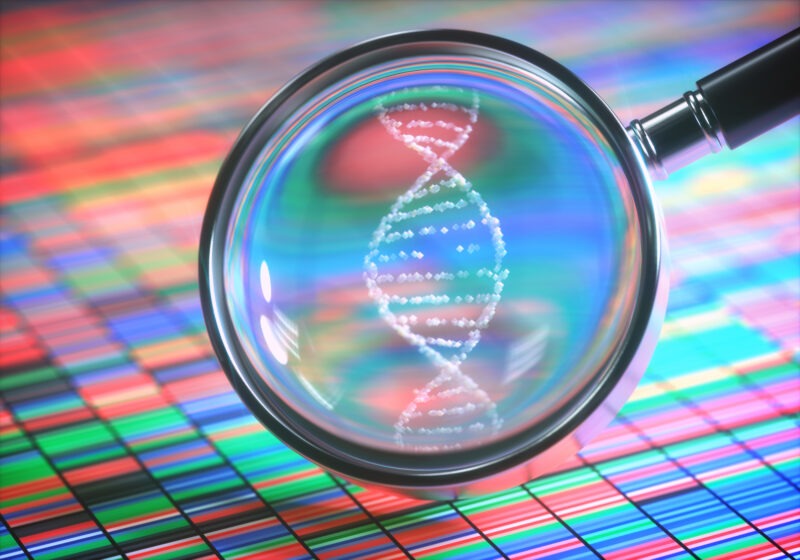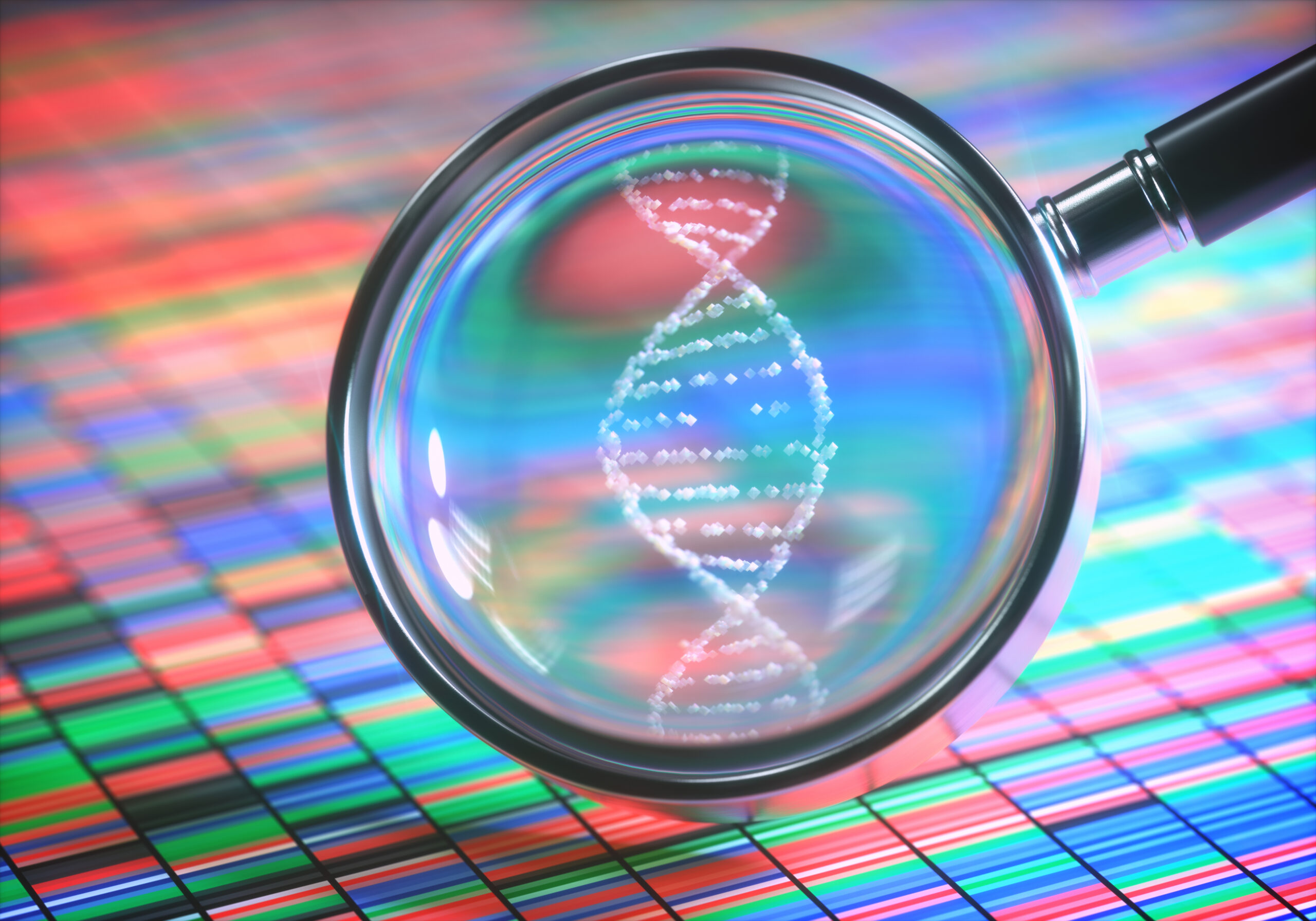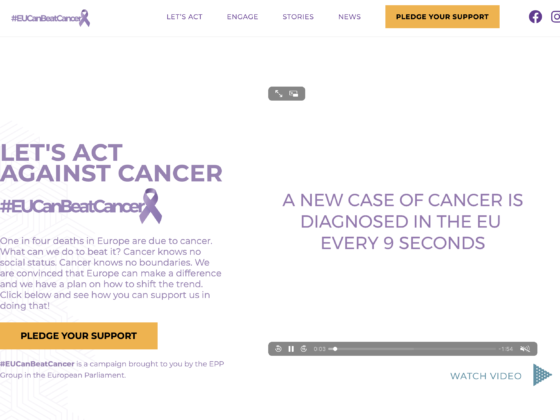Over 450 departments and institutions worldwide have contributed to the most comprehensive study conducted so far on breast cancer risk variants whose results have been published in Nature Genetics. The fine mapping of 150 breast cancer risk regions identified nearly 200 likely target genes. Notably, less than one in five of these target genes had been previously recognised. According to the researchers, these findings will help to delineate the individual’s risk of developing the disease.
“We know from previous studies that variants across our DNA contribute towards breast cancer risk, but only rarely scientists have been able to identify exactly which genes are involved,” explained Dr Laura Fachal, senior data scientist from the Wellcome Sanger Institute, first author of the paper. “We need this information as it gives us a better clue to what is driving the disease and hence how we might treat or even prevent it.”
To generate a map of breast cancer risk variants, the DNA of 110,000 breast cancer patients was compared against that nearly 90,000 healthy controls. By exploring 150 genomic regions previously associated with breast cancer risk, researchers identified 352 risk variants that may influence, with reasonable confidence, 191 genes. The list of the highest-confidence target genes includes known cancer drivers, transcription factors and genes in the developmental, apoptosis, and DNA integrity pathways. Remarkably, 14% of all high-confidence target genes are in immune system pathways. Of the newly discovered genetic variants, 34% predispose women to hormone-responsive breast cancer, 15% to oestrogen-receptor-negative breast cancer, while the remaining genetic variants play a role in both types of breast cancer.
“This incredible haul of newly-discovered breast cancer genes provides us with many more genes to work on, most of which have not been studied before,” said Dr Alison Dunning from the University of Cambridge, one of the senior researchers that supervised the study. “It will help us build up a much more detailed picture of how breast cancer arises and develops. But the sheer number of genes now known to play a role emphasises how complex the disease is.”












